Among the soaring mountains of the Andean Amazon live the Japu indigenous community of Peru. Part of the Quechua-speaking Q’eros ethnicity, they are considered to be the last direct descendants of the Incas. Their nearly 85,000-acre territory ranges between 500-5,000 meters above sea level, spanning across Andean highlands and Amazonian foothills. Because of the vast altitudinal gradient, it is home to unique ecological biomes, endemic and endangered species, and bofedales — wetlands in the highlands that store water from melting glaciers or rivers. Due to the effects of climate change, however, the snow-capped mountains the Japu live nearby are melting faster than ever. For example, seventy years ago the nearby Apu Mama Rosa mountaintop was covered in snow, but now only a little remains.
Bofedales are key for the community’s resilience against climate change, as they are not only regarded as reservoirs of water but also for carbon, which is stored in the form of peat 4,000 meters above sea level in the high elevations of the Andes. In fact, bofedales can store as much as 300-700 tons of carbon per hectare, compared to an average of 150 tons of carbon per hectare stored in the Amazon rainforest. However, these incredibly important areas are also at risk of deterioration due to overgrazing of locally raised animals, high animal density, and poor management. Thus, our current project in Peru aims to restore and improve the management of highland wetland areas in this unique region.
Saving the Bofedales
The work to restore these key areas began in 2016 and 2017, with a first phase of studies that obtained a biological baseline on the community’s bofedales. We investigated different aspects of the community through socio-economic evaluations, and the wetlands with agrostological, hydrochemical and plant ecology evaluations. This helped us develop a management plan that would improve both the community and the lands’ situation.
From 2019 to 2021, we have been in the process of restoring and revegetating 32 acres, with the current goal to recover six wetlands throughout the community. We are also promoting the wetlands’ value among the inhabitants of Japu, so local community members fully appreciate their ecological benefits and commit to taking care of them. Local authorities and community members are responsible for their monitoring and recovery, as they can easily observe the capture and growth of the species in the specified plots and thus will be able to replicate the activity. All actions to be done during the execution of this project are coordinated in the Communal Assemblies, which involve the full participation of the community.
Together, we have advanced to phases II and III of the management plan, which include valuation and practice of traditional knowledge, revegetation of native species, fencing of vulnerable areas, creation of water redistribution channels, and internships in the Japu wetlands with members of the Cusco Glaciology Platform. So far, we have created water redistribution channels and constructed small dams to reduce water speed so it can distribute itself more effectively among the wetlands. In total, there are 13 wetlands identified for restoration, 6 of which we consider priority for restoration between Phase II and Phase III.
 After a year and a half of the fencing and revegetation intervention, the results began to materialize. Community members, excited at the success, were motivated to replicate the process in other wetlands in need of restoration, and requested these activities to continue. According to the agrostologist, who is a specialist in the study of pastures, in October of this year it will be possible to graze the alpacas and continue with the gradual recovery before reaching the optimum level. Meanwhile, the community members await the moment when the alpacas can graze again in the restored wetlands and continue with their management.
After a year and a half of the fencing and revegetation intervention, the results began to materialize. Community members, excited at the success, were motivated to replicate the process in other wetlands in need of restoration, and requested these activities to continue. According to the agrostologist, who is a specialist in the study of pastures, in October of this year it will be possible to graze the alpacas and continue with the gradual recovery before reaching the optimum level. Meanwhile, the community members await the moment when the alpacas can graze again in the restored wetlands and continue with their management.
This community exemplifies how the preservation of cultural values and traditional knowledge can directly translate into effective ecosystem conservation through community-based natural resource management.
We thank Acción Andina, New England Biolabs Foundation and U. S. Fish & Wildlife Service for supporting us with the financing of our conservation projects in the Japu Community.

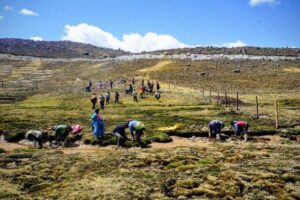

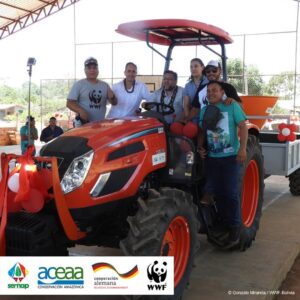
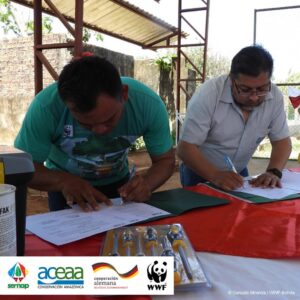 “The importance of promoting the integral management of Amazonian forests and supporting the production of Amazonian fruits are activities that keep forests standing in time to improve the quality of life for local communities,” said Marcos Terán, the Executive Director of our sister organization Conservación Amazónica-ACEAA.
“The importance of promoting the integral management of Amazonian forests and supporting the production of Amazonian fruits are activities that keep forests standing in time to improve the quality of life for local communities,” said Marcos Terán, the Executive Director of our sister organization Conservación Amazónica-ACEAA.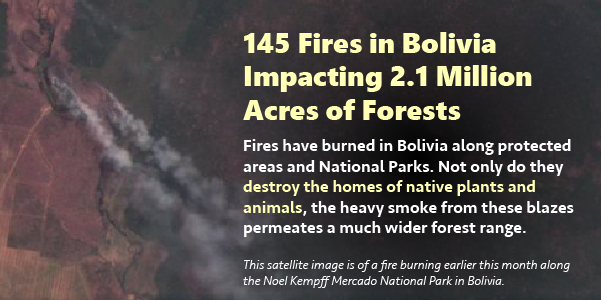


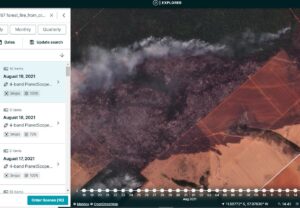
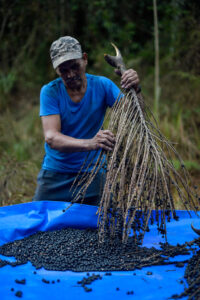
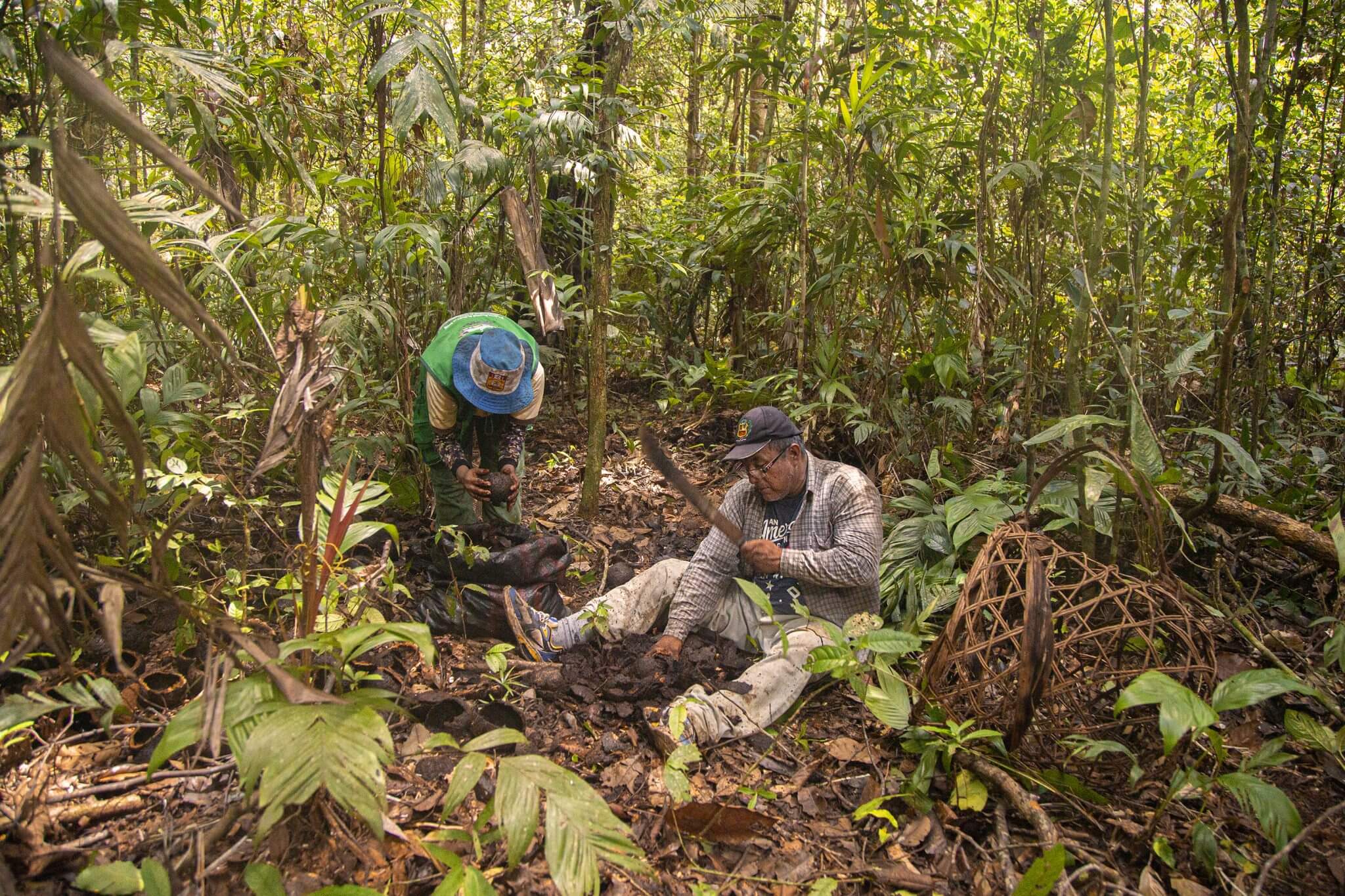
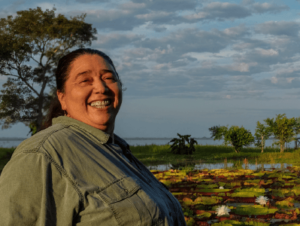



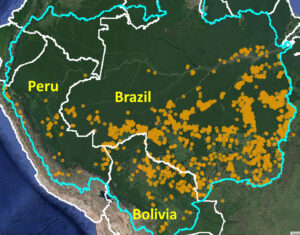
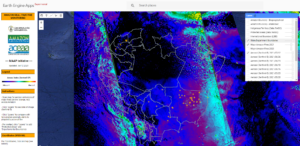
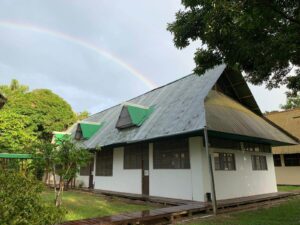

